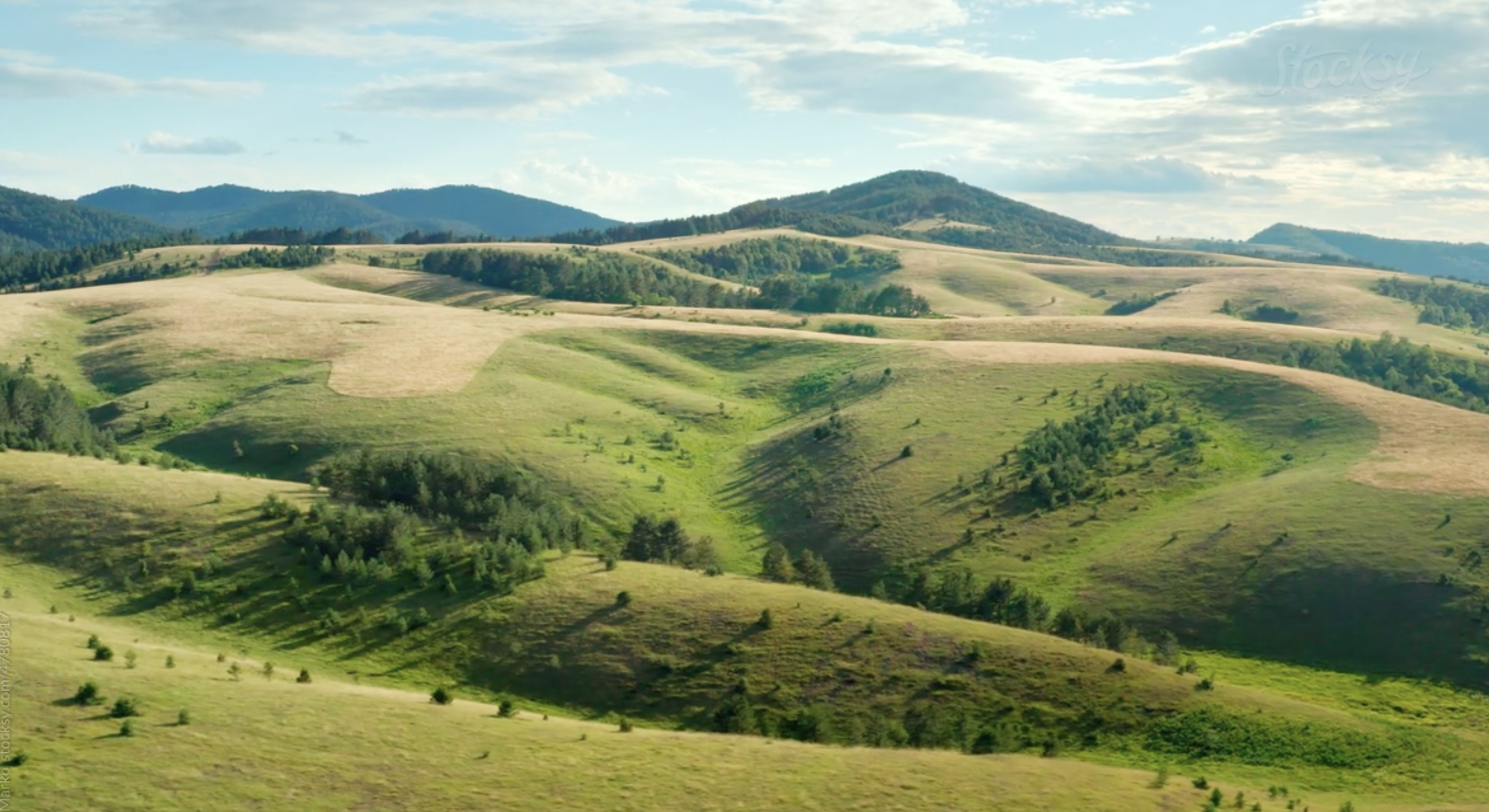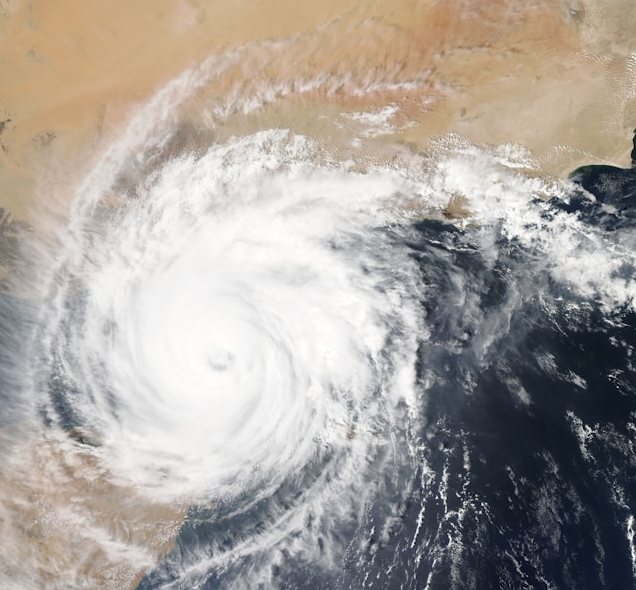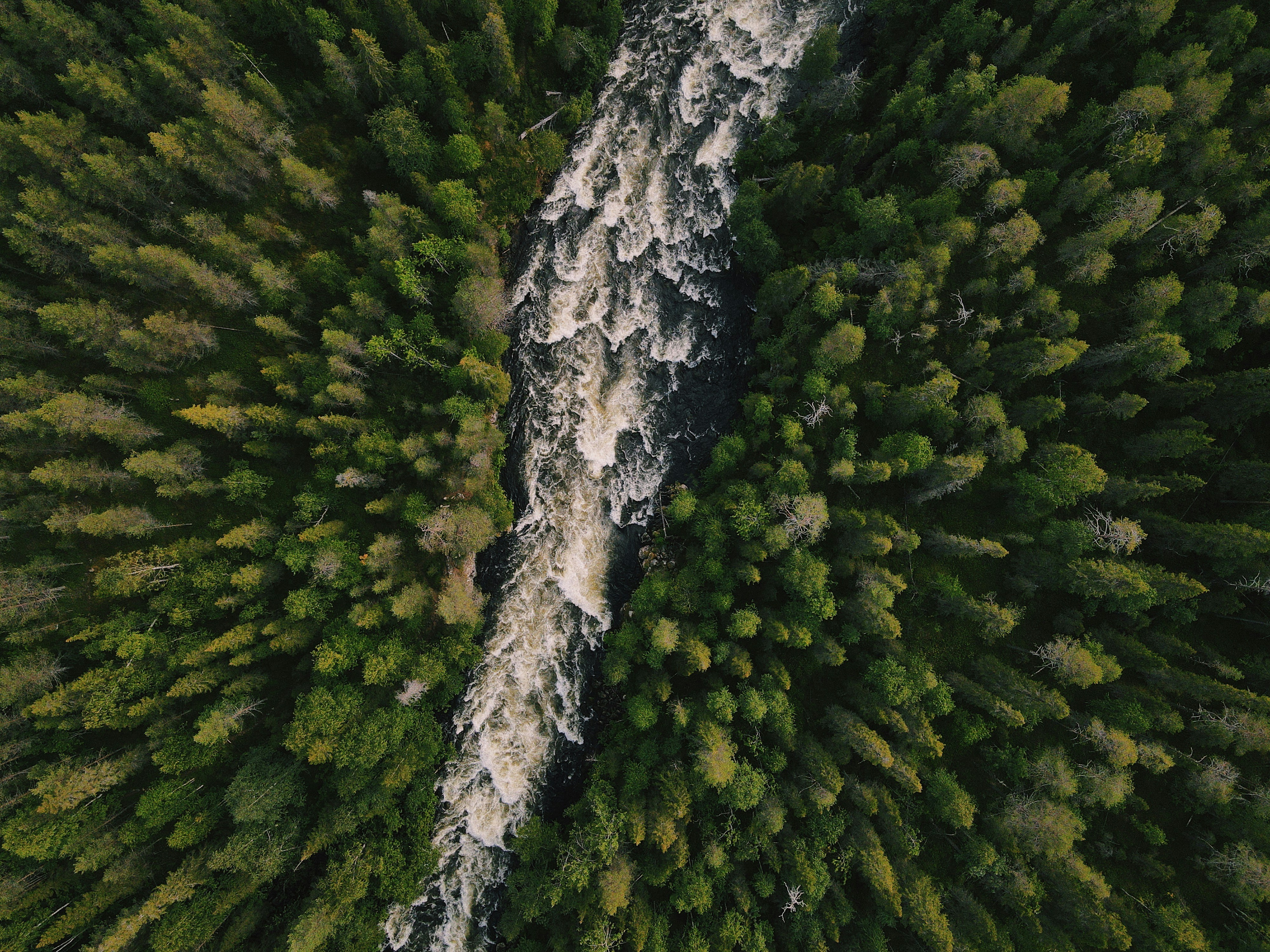Bridging the Nature Data Gap in Global Supply Chains
The heterogenous character of nature complicates the measuring of nature-related dependencies, impacts, risks and opportunities in a supply chain....

In the race toward a nature-positive economy, companies are increasingly being asked to understand their impacts and dependencies on nature and to act on them. Yet, many find themselves stalled at the first hurdle: data. With hundreds of nature-related metrics, patchy datasets, and evolving regulatory demands, where do you even begin?
The good news is that while the landscape is complex, it's not insurmountable. With the right approach, businesses can confidently navigate nature data, meet growing expectations from stakeholders, and unlock real opportunities.
Let’s unpack how.
Today, we have a clear, global goal for nature: halt and reverse biodiversity loss by 2030. Much like the "net zero" ambition for climate, this target provides businesses with direction and urgency. The Living Planet Index showed that monitored wildlife populations have decreased on average by 73% between 1970 and 2020. Halting and reversing this trend in the next five years will involve strong actions.
This is no longer just about corporate responsibility, it’s about global alignment and accountability. Nature is fast climbing the risk rankings for businesses worldwide, moving from a "nice to have" to a boardroom priority.
The question now is: how do we measure progress against this goal?
One of the biggest barriers for businesses is the overwhelming variety of data sources and frameworks. There are over 600 different biodiversity-related metrics, many of which measure the same things in slightly different ways.
Rather than seeking perfection, businesses should start by focusing on a minimum, credible set of metrics. These should be:
Key metrics often include indicators of ecosystem condition, species abundance, and landscape integrity, robust signals that tell the story of nature’s state.
Importantly, metrics should serve as a means to an end. They’re tools to prioritise action, not exercises in data collection for its own sake.
A recurring misconception is that companies need perfect data before they act. In reality, the pursuit of perfection can paralyse progress.
Instead, think of data quality in terms of your objectives:
With this mindset, businesses can move forward while continuing to refine their approach over time.
For many businesses, the greatest impacts on nature lie within their supply chains, yet this is also where data is scarcest.
While country-level data can be a start, it won’t cut it for companies trying to make data-backed actions and decisions based on their data. What’s needed is precise, location-based insight, down to specific sourcing regions or even sites. This enables meaningful prioritisation, whether you’re looking at deforestation risks in raw material sourcing or biodiversity pressures in local landscapes.
Encouragingly, this challenge is not new. There is plenty of publicly available data on the precise production locations of raw materials. For agriculture, that could be the USDA’s crop maps, or the FAO’s livestock maps. For mining, it could be Fineprint’s data of global mine locations.
Emerging technologies are also starting to close this gap. Tools like remote sensing, eDNA analysis, and blockchain-based traceability are making it easier to track commodities and monitor ecosystem health.
However, tech alone isn’t enough. Collaboration is essential. Industry alliances, shared data platforms, and joint supplier initiatives can reduce duplication and ease the burden on suppliers already fatigued by data requests.
The data exists, the key is to start with clear objectives. Define your goals, and work back to identify the metrics and data you need. Our team can help you source the right data to pinpoint and prioritise nature-related risks and opportunities. Get in touch to get started.

The heterogenous character of nature complicates the measuring of nature-related dependencies, impacts, risks and opportunities in a supply chain....

Nature-related risks in supply chains are increasingly recognised as material threats to business stability and reputation. For most companies the...

In early 2025, we spoke with 13 sustainability leaders across sectors to understand how organisations are engaging with nature. These conversations...